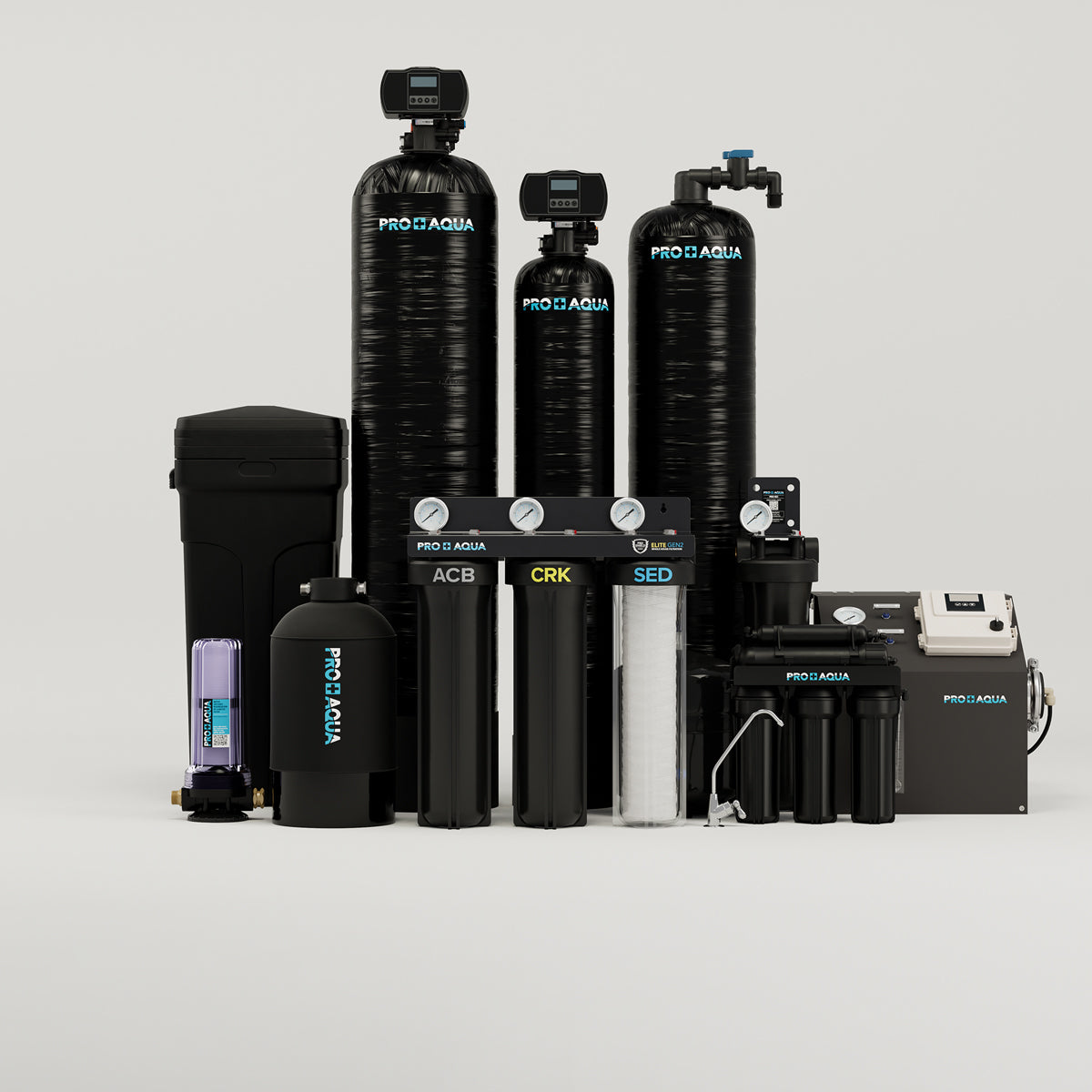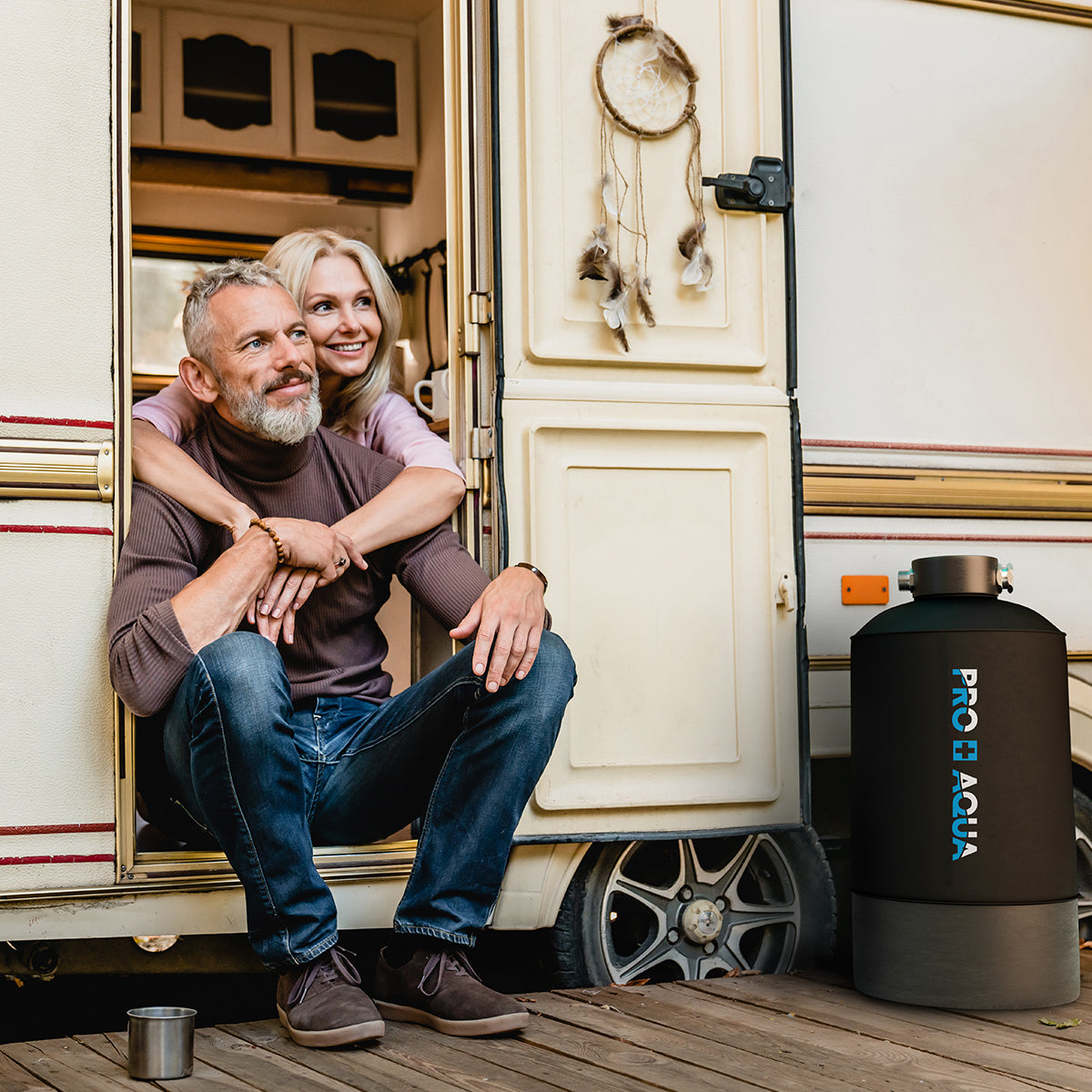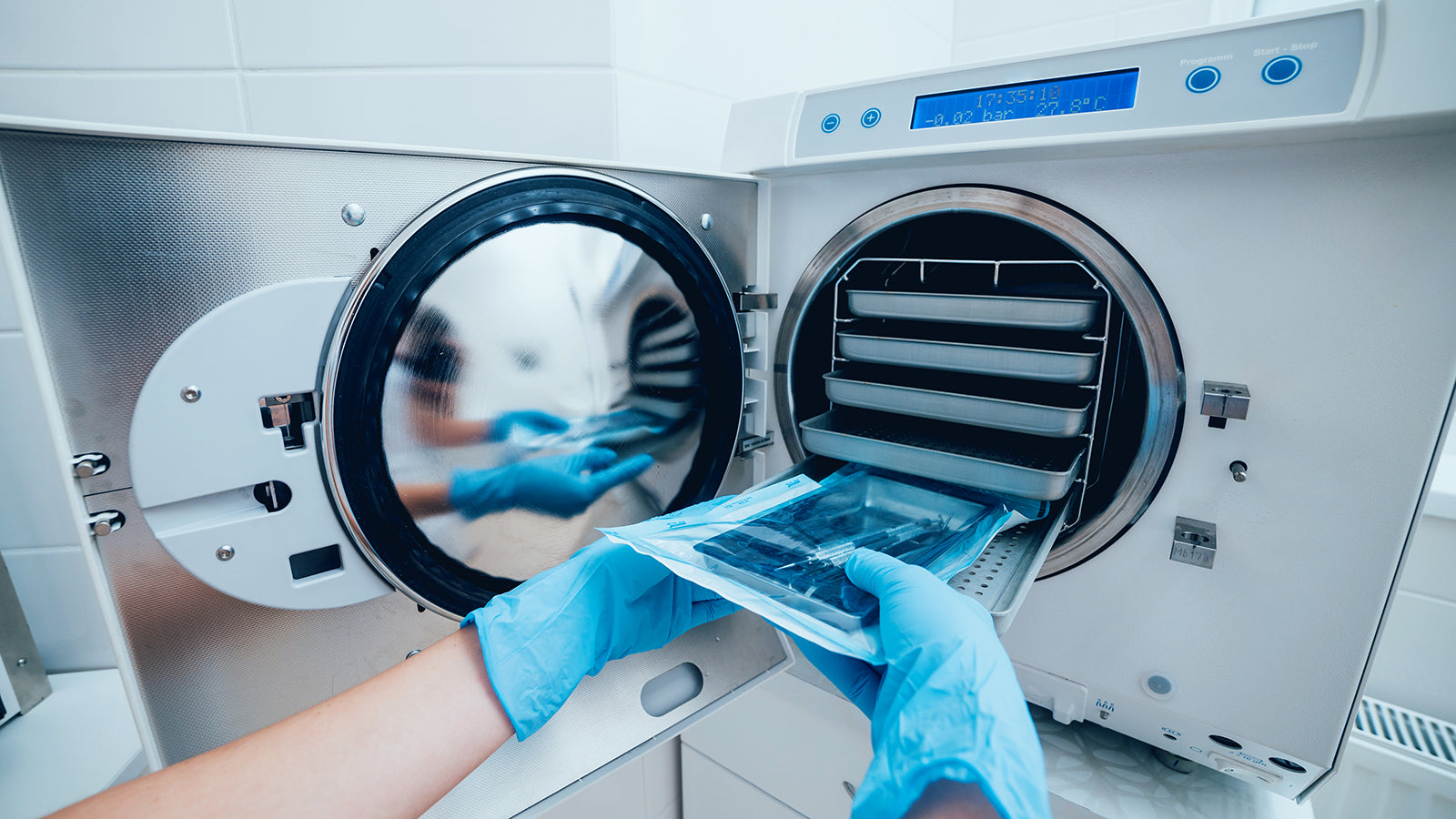We rely on clean water for a variety of purposes in our daily lives. We use this water for drinking, bathing, and cooking, and cleaning around the house. Often, we take our water quality for granted, yet contaminants can be present in water supplies. Contamination of biological organisms called protozoan cysts, including Cryptosporidium and Giardia, have the potential to threaten the health and safety of ourselves and our loved ones. What are these organisms, and how can a commercial-grade reverse osmosis water filtration system help to keep us safe from a serious illness?
Protozoan Cysts: An Overview
Referred to as waterborne pathogens, protozoan cysts are tiny infectious particles that serve as part of the reproductive cycle of protozoa, or single-celled organisms found readily in nature. These cysts are characterized by a hardened protein “shell”, making them resistant to the effects of common disinfection agents used to treat water supplies.
Protozoan cysts include:
- Toxoplasma gondii
- Pneumocystis carinii
- Balantidium
- Sarcocystis
- Isospora
- Giardia lamblia/ Giardia duodenalis
- Cryptosporidium
Of the many types of cysts, Cryptosporidium and Giardia are the most commonly implicated in waterborne disease outbreaks in the United States. These protozoan organisms are more commonly found in untreated water sources, although contamination can and does occur to the municipal water treatment systems hundreds of thousands of people rely on for clean water. Agricultural runoff and animal activity can compromise the drinking water system you rely on for safe water. Preventative measures can help keep you and your family safe from these pathogens. One of the leading ways to protect against protozoan cysts is by the use of a reverse osmosis water filtration system.
When an animal or human consumes water contaminated with protozoan cysts, those cysts “hatch” upon reaching the intestinal tract of the affected individual. Millions of protozoa are produced, leading to severe gastrointestinal illness. In children and the elderly, complications from a protozoan infection can lead to death.
Cryptosporidium: Contamination That Can Cause Illness
Cryptosporidium, sometimes referred to as “crypto”, is a microscopic parasite that can cause a severe intestinal infection called cryptosporidiosis. Often found in untreated water, such as from rivers or streams, Cryptosporidium can contaminate municipal water supplies. In fact, it is the leading cause of waterborne disease in the United States.

Cryptosporidium is shed by infected animals in the stools. When water contaminated with the cysts is consumed, the cysts produce millions of protozoa that attack the lining of the small intestine. Symptoms of a cryptosporidium infection include:
- Stomach cramps and pain
- Nausea
- Vomiting
- Watery diarrhea
- Weight loss
- Fever
- Dehydration
Typically, these symptoms resolve in one to two weeks without the need for significant medical intervention. Some infected people may have recurring symptoms, however, and for the elderly, the very young, or those with compromised immune systems, the infection can have serious – even fatal – consequences.
Giardia: A Serious Health Threat
Giardia is found abundantly in natural water supplies in the United States. It has also been implicated in waterborne illness outbreaks when public water supplies become contaminated through agricultural runoff, sewage spills, or animal activity.

The organism requires passage through a human or animal digestive system to complete its life cycle. The cysts are often shed in water supplies through animal feces; the cysts are then swallowed by other animals or by humans when contaminated water is consumed. Once inside an animal or human host, the cyst releases two trophozoites, which then multiply rapidly in the intestines. Eventually, the trophozoites transform back into cysts and pass into the colon, where they are released in the stools.
Drinking water contaminated with Giardia can produce an illness called Giardiasis. While some people who consume water contaminated with Giardia experience no symptoms, others can have serious or even life-threatening complications. Within days after being exposed to Giardia-contaminated water, symptoms of giardiasis include:
- Dehydration
- Gas and bloating
- Greasy stools
- Stomach cramps
- Nausea
- Fever
- Swelling in the joints
- Hives
- Vomiting
- Fatigue
Left untreated, giardiasis can have long-term health complications for those exposed to contaminated water. Some victims may experience weight loss or nutrient deficiencies. Children infected with the pathogen may experience delays in mental and physical development. In severe infections, recurring diarrhea may last for years. Other long-term effects include irritable bowel syndrome and reactive arthritis. For the elderly or very young, dehydration resulting from a giardiasis infection can be deadly.
Treating Water Contaminated with Cryptosporidium and Giardia
Municipal water treatment systems use powerful disinfection agents like chlorine to treat water before it is piped to households. Unfortunately, the hard protein “shell” of protozoan cysts makes them resistant to such disinfection. To protect people from becoming ill, filtration is one of the only reliable methods of removing cysts from contaminated water before they can cause illness.

It is important to understand that filtration is only part of the solution. Not all filters are capable of trapping protozoan cysts; these biological parasites are tiny, requiring filters with pore sizes small enough to stop the passage of the cysts. In reverse osmosis water filtration systems, the semipermeable membrane that does the filtering has pores as small as 0.0001 microns, or one-millionth of a millimeter. This pore size is capable of trapping a wide range of chemical, mineral, and biological contaminants, including cysts. This filtration method is highly effective, producing water that is clean, fresh, and free of dangerous contaminants.
Reverse osmosis is a mechanical process where water is pumped under pressure through a filter membrane. The membrane traps contaminants, allowing the clean water to pass but leaving contaminants behind. Then, the purified water is piped to a kitchen faucet or fixture for use in the home. Reverse osmosis water filtration systems are typically installed under a kitchen sink as a point-source filtration solution.
In addition to stopping Cryptosporidium and Giardia, reverse osmosis water filtration systems remove up to 99% of contaminants like:
- Heavy metals
- Dissolved minerals
- Salts
- Chlorine and chlorine byproducts
- Fluoride
- Bacteria
- Some viruses
- Arsenic
- Lead
Advanced reverse osmosis filtration systems are equipped with multiple filter stages to remove contaminants and to improve the taste, odor, and clarity of treated water. The first filter stage traps sediments and sand before it reaches the reverse osmosis chamber. The final stages “polish” the water, making it crystal clear and free of any unpleasant flavors or odors. These filtration systems require little maintenance other than the periodic replacement of the filter elements. Protect yourself and your loved ones from the threat of intestinal illnesses caused by Cryptosporidium and Giardia by installing a reverse osmosis water filtration system in your home.







Leave a comment
This site is protected by hCaptcha and the hCaptcha Privacy Policy and Terms of Service apply.